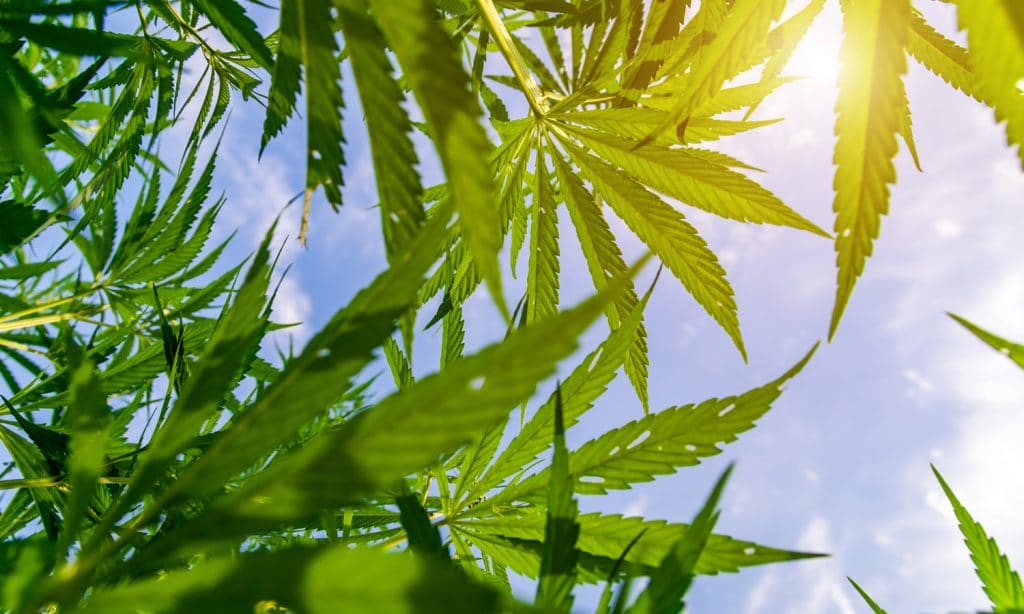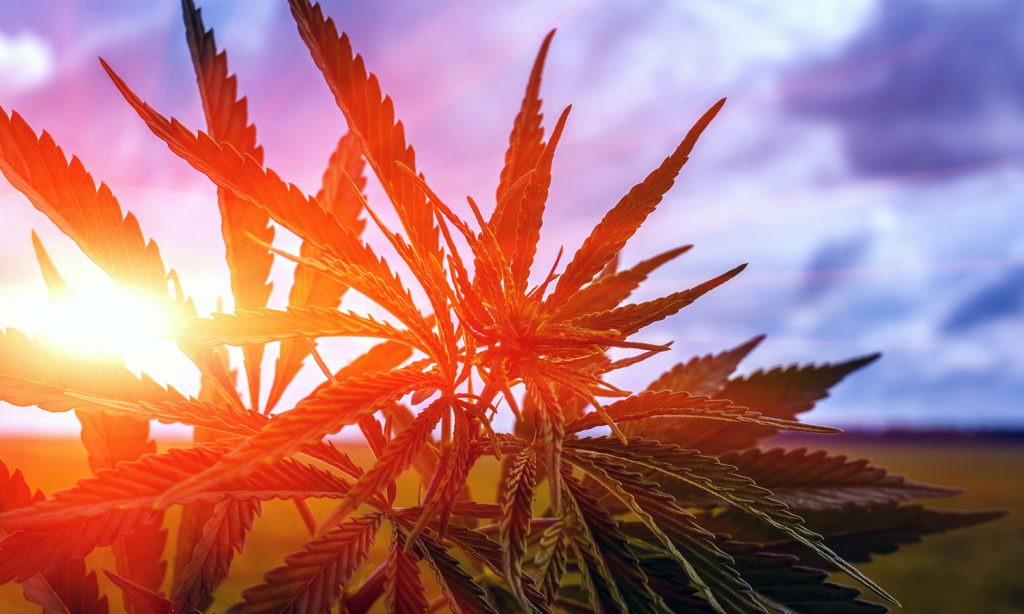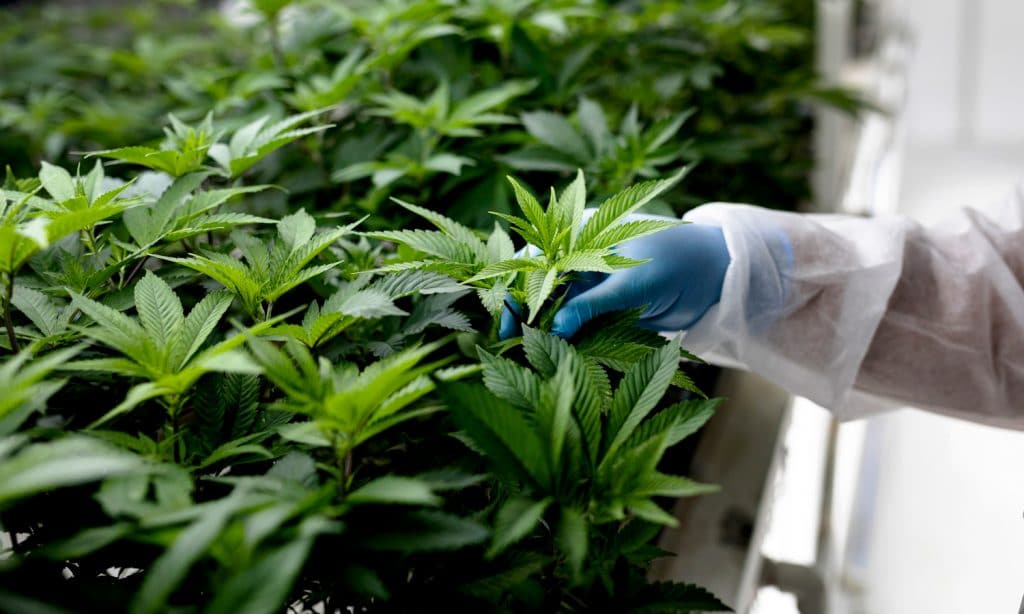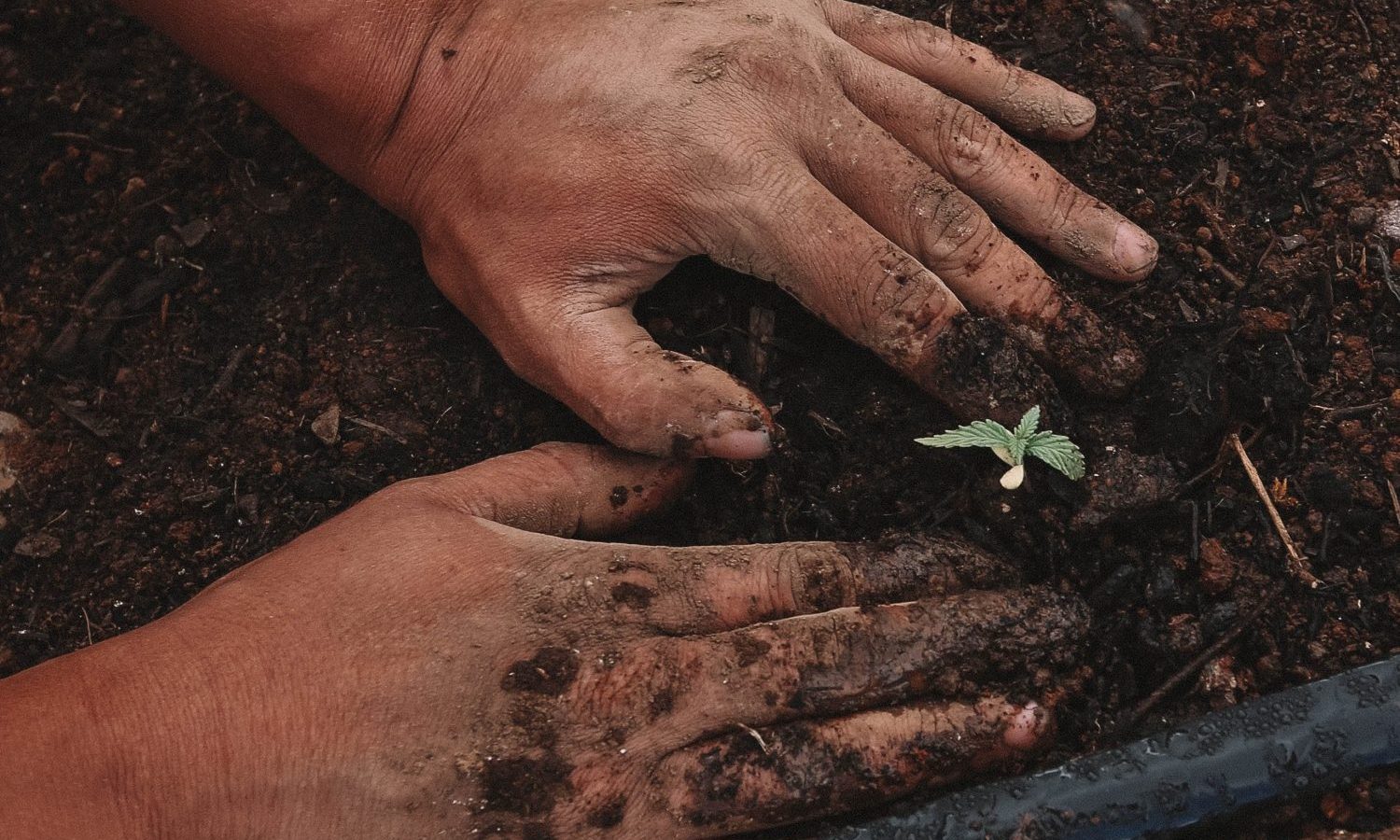They do exhibit certain characteristics that make it fairly easy to differentiate the two, but sun-grown cannabis is usually bigger. Here are other ways you can tell the difference.
If you’re a cannabis connoisseur, it can be easy to tell the difference between weed that’s been grown outdoors versus those that are grown indoors. But to the untrained smoker, the difference between the two isn’t noticeable.
There are advantages and disadvantages with each of these cultivation methods, so whether you’re looking to grow your own or simply want to become better at identifying your cannabis, learning about them is beneficial even if you prefer one to the other – or may not even care, until you find out how they differ.
At this point, no one really knows when indoor cannabis operations began though it’s safe to assume that people began looking for ways to do so when cannabis became illegal. During the later 20th century, more people began growing cannabis indoors for many reason and because of its popularity as well as the ability to customize many aspects of the plant’s growth, more people began believing that indoor cannabis is superior than those grown outdoors. But that simply isn’t true; there are more things that constitute what makes cannabis “good quality” than simply where it’s grown.

Besides, “good cannabis” is extremely subjective; what one consumer prefers due to its high THC content may differ for someone else because they want a rich aroma and complex terpene profile. They do exhibit certain characteristics that make it fairly easy to tell between the two, but the general rule of thumb is that sun-grown cannabis is usually bigger. Here are other ways you can tell:
Color
One of the easiest ways to differentiate them is that outdoor grown cannabis are usually darker. So if the strain results in green flowers, its nugs will be a darker green, or even brown if it hasn’t been cured properly. On the other hand, indoor grown cannabis will exhibit bright colors. If the cultivar yields purple flowers, the outdoor cannabis will have a striking violet color while indoor grown cannabis will have lighter purple shades.
Size
Typically, outdoor grown cannabis means everything will be bigger including the buds and the stems. Indoor buds tend to have smaller buds that are more dense than the chunky nugs of the outdoor grown cannabis.
Trichome density
Indoor cannabis is grown closer to the light source in a controlled environment, resulting in smaller buds that have really dense trichomes. For this reason, it’s not uncommon to see indoor nugs that glimmer with sparkly trichome crystals yet they don’t have much plant material. But outdoor nugs are bigger and the trichomes have more surface area to cover which is why their trichome density is significantly less.
But before we go any further, here are the main differences between growing sun-grown and indoor cannabis.

Sun-grown
Environment-friendly: Growing cannabis outdoors results in a lower carbon footprint and will also be much cheaper to produce. It requires less resources and electricity to grow because it maximizes what the natural environment has to offer for the growth of marijuana. Indoor grows are notorious for high electricity costs associated with the artificial light which is also high intensity.
Additionally, sun-grown cannabis plants will need less adjustments in its soil, pesticides, fungicides, and fertilizers. If the grow is a naturally fertile area, there will hardly be any need to add nutrients to the soil. For example in Jamaica, where some of the best cannabis in the world can be found, it grows so well with hardly any environmental amendments because of excellent soil, rain fall, and sunlight. The sun’s very own broad light spectrum already provides all the lighting it needs in the plant’s own habitat and they can co-exist with other animals, plants, and even pests.
RELATED: So, You Want To Learn How To Grow Marijuana Outdoors
Good, fertile soil is also an important factor because when you use the right soil, meaning it already has loads of macro and micronutrients such as phosphorus, potassium, nitrogen, copper, and iron to name a few which is essential to the growth of healthy cannabis, then the plant has almost everything it needs to thrive.
Resilient plants: If you plant landrace varietals on the kind of growing conditions they have adapted to, they are much more resilient to threats such as pests and thus, grow stronger. Over time, outdoor crops including cannabis grow flexible to temperature changes and other things constantly changing in the ecosystem.
These types of plants are healthier and more resistant to mold and mildew. Organic farming can also integrate the use of certain methods such as companion planting, which are natural techniques that intentionally plant other crops that compliment it to introduce bugs that are beneficial for their growth. As a result, monoculture is avoided while the beneficial bugs provide natural pest management and you get a healthy ecosystem.

Indoor
Year-round grow: Since indoor cultivation can be controlled and customized, it can be done all year long no matter what the season is. Indoor growers can literally grow any varietal anywhere in the world at any time, provided that they have the right equipment and tools. Whereas outdoor growing would be limited by the season and growing conditions that affect farmers, indoor grows can happen anywhere.
Though indoor cannabis typically yields less than outdoor grows, you can still make it a lucrative business if you have several indoor grows in a spacious operation.
RELATED: Outdoor Vs. Indoor Grown Cannabis: Which To Choose?
High energy consumption: Growing cannabis indoors has been notorious for the massive energy it consumes because of electricity and all the light you need to customize for the plants. This means you’ll have to shell out a lot for your monthly electricity bill. This in turn means indoor grows have a bad impact on the environment.
Control: Many of today’s growers prefer indoor operations because it offers you much more control when it comes to light, temperature, water, and other aspects that are involved in growing cannabis. Whereas, growing cannabis outdoors means you have to deal with varying factors such as unforeseen weather changes.
One of the best things about cannabis is that there are so many strains that are grown both indoors and outdoors. Each of them delivers a unique experience for consumers, so there’s no such thing as a superior weed for everyone – it’s all dependent on what you like. But knowing the differences involved in each type of grow is helpful for people that are interested in learning how to grow their own cannabis.


